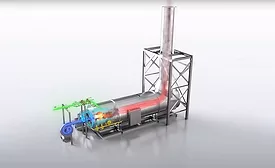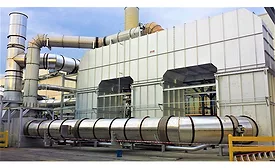Case Study
Achieving Net-Positive Operations in Adhesive Tape Manufacturing
An air pollution control system designed and installed for a major tape coating line exemplifies how the best economic solution can also be the best environmental solution.
Read More


